New Zealand’s North Island is a quite different place to its “little brother” the South Island. Home to about three-quarters of New Zealand’s population, it is a busier and more crowded place than the more sedate and remote South Island. The North Island is known for the spectacular volcanic peaks of the Tongariro National Park (home to Mount Doom in the Lord of the Rings trilogy movies) with Mount Ruapehu and Mount Ngauruhoe. The beautiful lake Taupo and the geological active areas around Rotorua. It is home to the lookalike of Mount Fuji in Japan, the magnificent Mount Taranaki. The North Island has the country’s largest city, Auckland. Surrounded by bays and islands, it is known as “the city of sails”. In the northern most region, our favourite place, Bay of Islands and the 90-mile beach that ends at the very northern tip of New Zealand, Cape Reinga. And finally, not to forget the fellowship of the movie buffs, in the North Island you can relive all your Hobbit fantasies in Matamata and visit The Hobbiton Movie set.

Like our trip to The South Island, it has been a while since we visited New Zealand`s North Island. This post is a continuation of our South Island post where we started both our trips to New Zealand in the past. For the North Island we will try and convey our experiences and warm feelings towards the North Island and New Zealand in general. It has been too long to be able to recommend hotels and restaurants, but our experiences and the beautiful nature we visited and saw, has not changed.
Tongariro National Park, Mount Doom (Mount Ngauruhoe)
The Tongariro National Park is the oldest national park in New Zealand, and it is acknowledged by UNESCO as a world heritage site. It is a spectacular area with volcanic peaks and home to one of the world’s best one-day hikes, the Tongariro Crossing, it is literally like hiking in Mordor! The active volcanic mountains of Ruapehu, Ngauruhoe and Tongarori are all located in the centre of the park. For people like us who just want to see the LOTR sites and gawk at the peaks and remnants of volcanic eruptions, the easiest way to do this is to take the state highway 47 and then 48 on the western side of the park. The road winds spectacularly between old lava fields and blackened lava flows. At the end of the road is the Iwikau Village and the Sky Waka gondola that will take you a bit up the mountain. In the winter this is a ski area where you can ski down an active volcano. Just next to the parking area is Meads Wall, used in the LOTR movies and this wall and background can be clearly seen at the beginning of movie 2 where Frodo and Sam get lost in the maze of the mountains.
Lake Taupo
Just north of the Tongariro National park lies the beautiful Lake Taupo and Taupo town. Lake Taupo is the largest freshwater lake in New Zealand, and it is an old volcano caldera that is filled with water. North of the lake we would recommend visiting the awesome Huka falls. The Waikato river enters a small ravine just before Huka falls and this ravine works like a firehose. More than 220 000 litres of water per second roar down the narrow chute before hurling itself down the 11 metres Huka falls. You can feel the force of the water in your soul as you stand on the pedestrian bridge spanning the ravine.
Rotorua
Sitting within the Pacific Ring of Fire, Rotorua is the bubbling, fizzing and popping geothermal centre of New Zealand. If you want to see shooting geysers, bubbling mud pools or visit thermal spas, this is the town for you. South of Rotorua along state highway 5 lies what we thought was the most spectacular geothermal site of Wai-O-Tapu. It is as we write this (January 2021) closed for renovations, but when they open, we are sure it will be every bit as spectacular as when we visited. There are many paths that run along bubbling pools of many colours, like the fantastic champagne pool. In the surrounding forest there are geysers, mudpools and steaming waterfalls. Spectacular. A short distance further north towards Rotorua lies the Waimangu thermal valley, also worth a visit for sure.
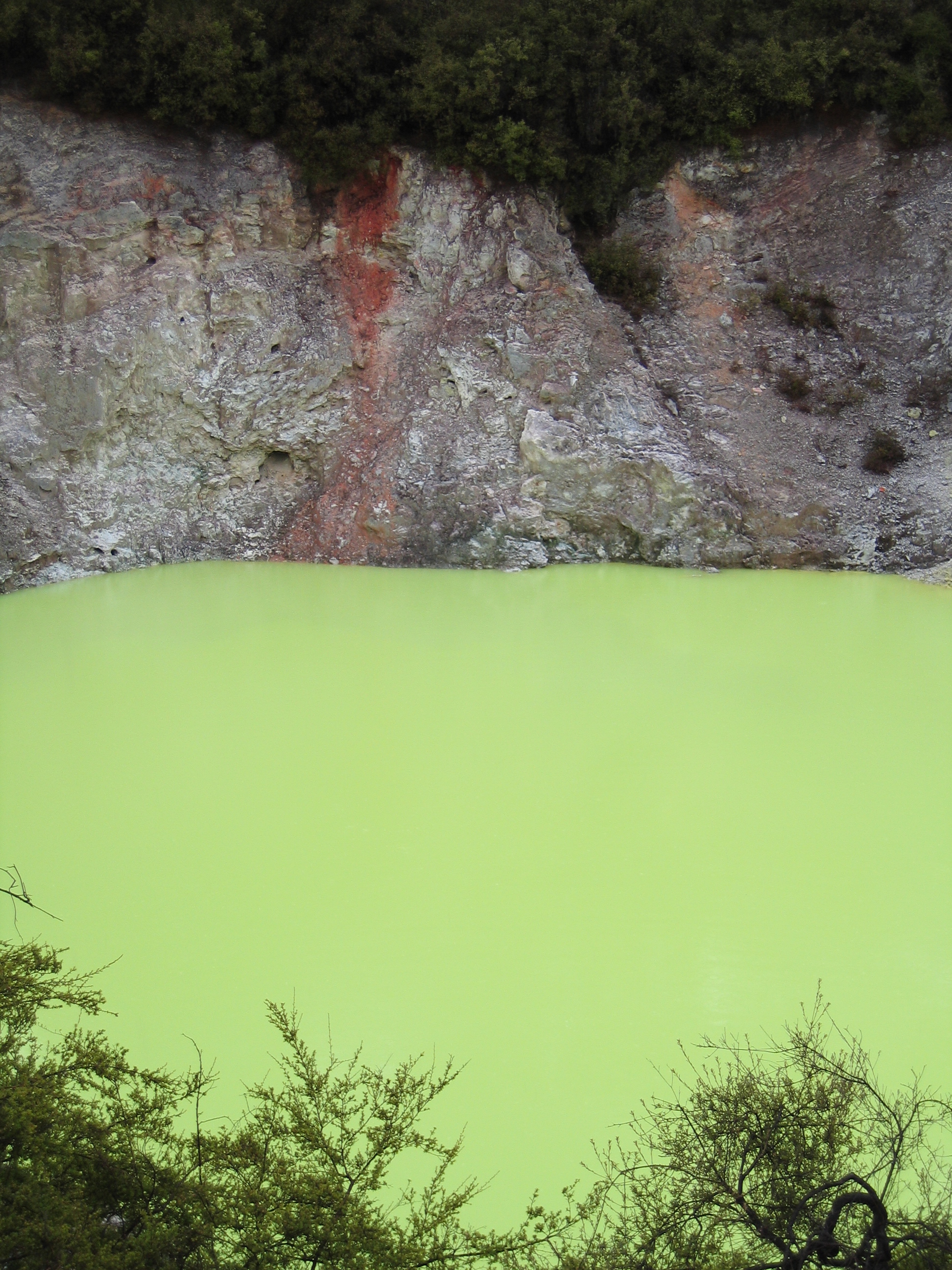




Coming by car from the south on state highway 5 you will encounter the Whakarewarewa living Maori village that has the Te Puia thermal park with the Pohutu geyser within it. The Maori village is award winning and is one of the more tourist friendly ways if experiencing the Maori culture.








North east of Rotorua on state highway 30 is another cool site with a relaxing spa, with the aptly name Hells Gate.

Matamata and Hobbiton Village
Northwest of Rotorua lies the small village of Matamata. Not much happened here until Peter Jackson decided that the fields outside of town should be the site of the Hobbit village in The Lord of The Rings trilogy movies. The films were shot, and the production company had promised the farmer whose land they had used for the set, that they would tear it all down and put things back to how they were. The process of reclamation was hindered by winter, and before all work had been done, the movies were released, and movie buffs started to come to what was left of Hobbiton.
When we visited in 2005 the whole visitor thing was lightly organized, we had to buy tickets and were transported by an old bus to the site. The site itself was recognizable as Hobbiton, partly by the big party tree, the small lake, and the remains of some Hobbit holes. Most of the holes were just planks that supported the small openings, the only hole that you could walk into for about a metre was Bilbo`s hole at the top of the hill. There were some paving slabs outside and stairs, and you could see some remains of styrofoam shaped to be cobble stones on the outside wall of the hole. And that was it basically, and we were of course stoked beyond stoking by the whole experience. After the Hobbit movies production in 2012, they kept the set as built, so now the site looks like the real Hobbiton from the movies. We are not sure what would be cooler, visiting an almost deconstructed site and using our imagination with only a few other movie buffs, or visiting a full on tourist destination….




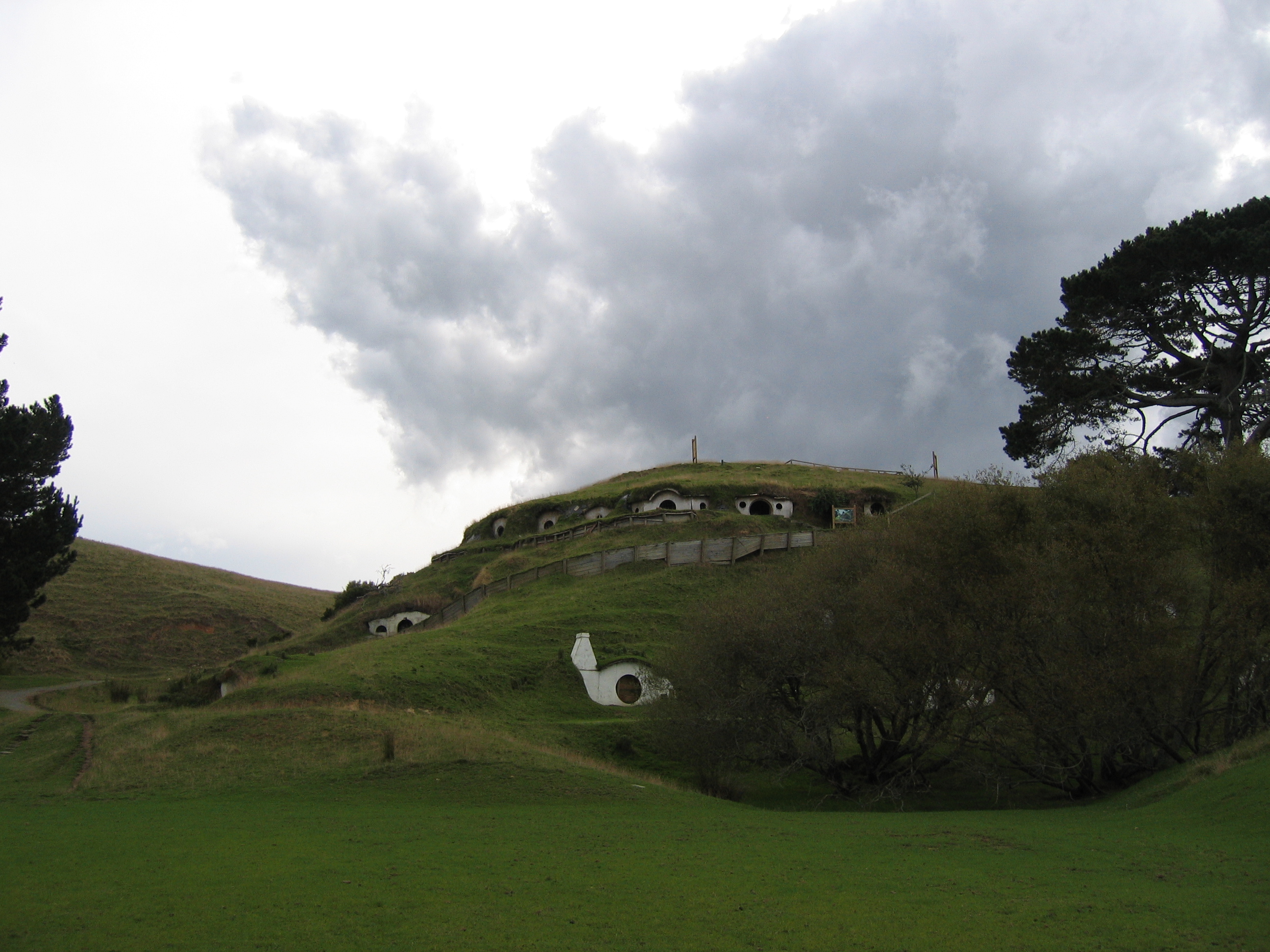


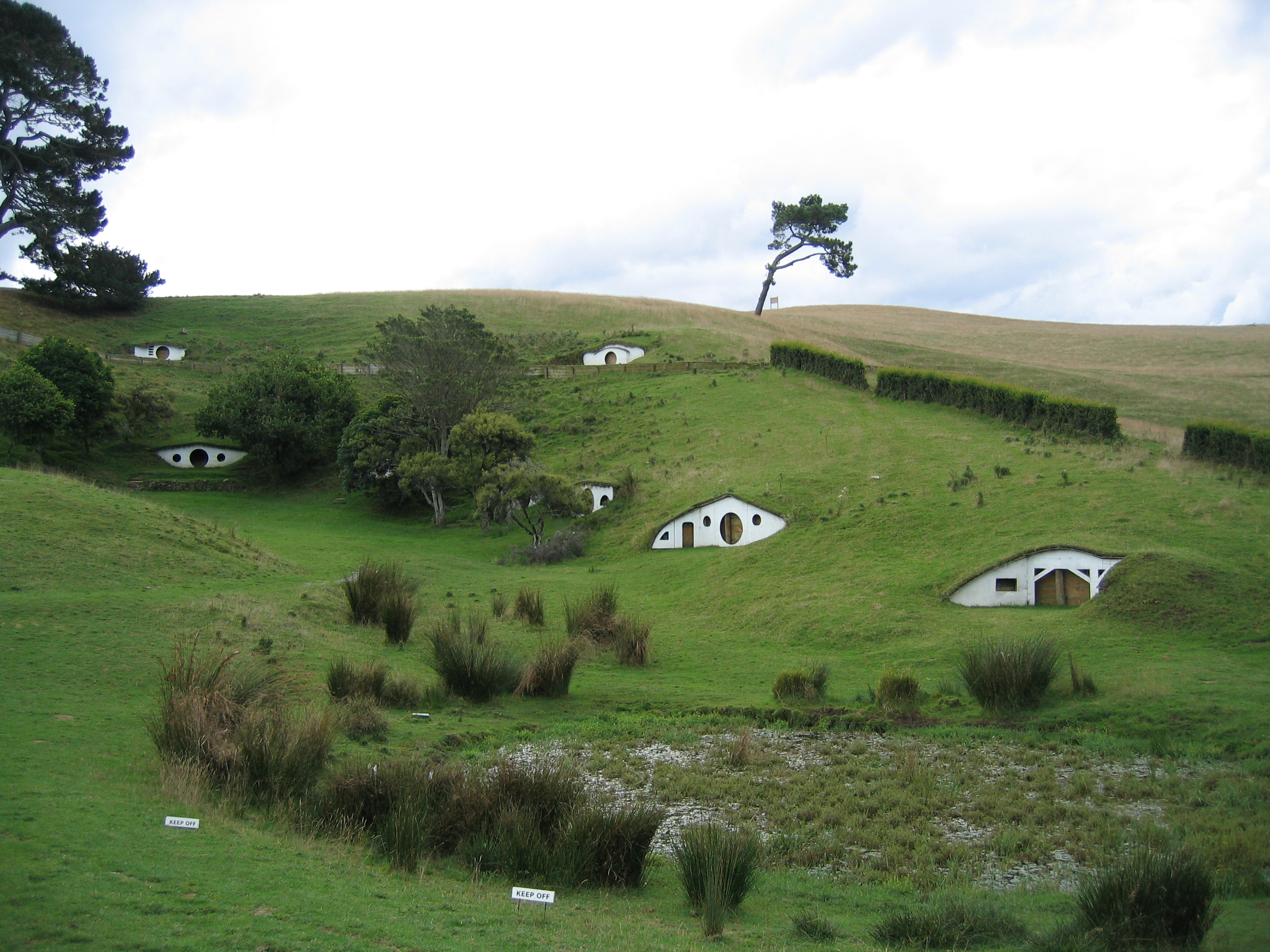


Blackwater Rafting, Waitomo caves
By far the most spectacular, scary, and most adventurous thing we have ever done is the Blackwater Rafting at Waitomo caves. The limestone caves of Waitomo started forming over 30 million years ago, as bones and shells of marine life started hardening over millions of years on the seabed. Tectonic activity rose the seabed up out of the sea and one million years ago the rock was exposed to rain and started to erode into large cracks and eventually into the caves that dot the area today. Inside the caves today there are millions of small glow-worms that light up the roof of the caves like starry skies. You can do the more sedate boat trip into the caves and see the glow-worms or you could do what New Zealand does best, the adrenaline experience! Blackwater Rafting is more like a caving expedition.
At the surface you don wetsuits, helmets and of course a torch for light. You then head 80 metres below the surface via ropes, ziplines and climbing until you reach the bottom of the cave and the underground rivers. It was a total blast being ziplined in total darkness into the abyss and then jumping into the river Styx itself. We then proceeded to float on inflated rubber tires down the river system. When we extinguished our torches the roof of the cave lit up like the milky way above our heads. Millions of glow-worms lit up the cave, and it was like inhabiting a glass domed spaceship floating down liquid space. After 3 hours in subterranean darkness, we climbed back into light and warmth of day again. We were so excited by this first experience that we immediately booked the next trip that was the more demanding 5-hour caving expedition. We had no doubt we needed to do this! Starting the whole experience by abseiling into a small hole that expanded to the size of a church dome with no sight of the ground below was epic. We climbed, jumped, ziplined and crawled our way through the caves. At one point we were on our backs crawling through a space so narrow that my nose touched the ceiling all the while a small creek of water rushed around me. Emerging at the other side we found ourselves in a small chamber with just enough space for two people and the large waterfall that came roaring down from somewhere above us. Climb up it we must! Exiting the cave into the light and warmth of the surface was very welcome indeed! This full day of blackwater rafting is something we still remember with reverence all these years later, we are not sure if we would dare this adventure today.
Auckland
With its natural harbour and stunning location, Auckland is a great city. Also dubbed “the city of sails” due to its proximity to the sea and the number of sailboats moored in and around the city centre. First settled by the Maori in around 1350 it was valued for its rich and fertile land. A British colony was established in 1840 and it was named capital of New Zealand. It was replaced as capital in 1865 by Wellington. The greater urban area of Auckland holds about 1,5 million people. We really liked Auckland, but it is a long time since we visited. What we remember as being cool was the waterfront, like all major cities with a goods and shipping district from the old days, Auckland has spent a lot of money sprucing up old quays and dockyard areas. Parnell is the oldest district in Auckland and needs to be visited. It looks very much like an old-time village, and boasts upmarket boutiques, cool cafes and a rather nice rose garden. The biggest draw to the area is the La Cigalle French Market that runs every weekend. Foodie paradise and no Auckland trip would be complete without a visit. And no visitor has truly been in Auckland before he or she has been to the top of Sky Tower. Soaring 328 metres above the city the Sky Tower has for almost 25 years been the icon of the city. The view from the public area 220 metres above ground gives unparalleled views of the harbour and the lands surrounding the city. The cool thing is that you can clearly make out the cones of volcanos both in and around the city centre, reminding you that this city has a violent past. If you feel like getting down to the ground the fastest way, there is a Sky Jump (of course there is, this is New Zealand after all!). Hurl yourself 192 metres in a zipline that takes you from the top to the bottom faster than you can say “I can see my house from here!”. We chose the elevators.
The Northland Region
North of Auckland lies what the New Zealanders call “the winterless north” due to its mild climate. We really love the Northland; it has some of the nicest and coolest areas and golden beaches of New Zealand. And the fact that the climate is year around mild makes it a great destination. The main population centre is around the city of Whangarei and Kerikeri. The region is also home to the last pockets of Kauri trees in New Zealand. Although many of the region`s giant kauri tree forests were felled during the 19th century, some areas still have remaining giant trees to behold. New Zealand`s largest tree, Tane Mahuta, stands in the Waipoua forest south of Hokianga harbour. We visited the forest and the tree, and it is truly a giant. Estimated to be anything between 1250 and 2500 years old, it is so big that it is impossible to imagine before you stand under it.






The western coast is dominated by several long straight beaches. The non-accurate Ninety Mile Beach (only 55 miles) is a local road, so you can drive it! Superfun! Just make sure not to get too cocky and strand your car in the waves, you will have some explaining to do to the rental car company. The huge sand dunes by the beaches all along the coast can be walked and used to sled down if you rent a boogieboard. Be prepared to have sand in every crack and crevice on your body when you stop at the bottom of the sandy hill. It is great fun!
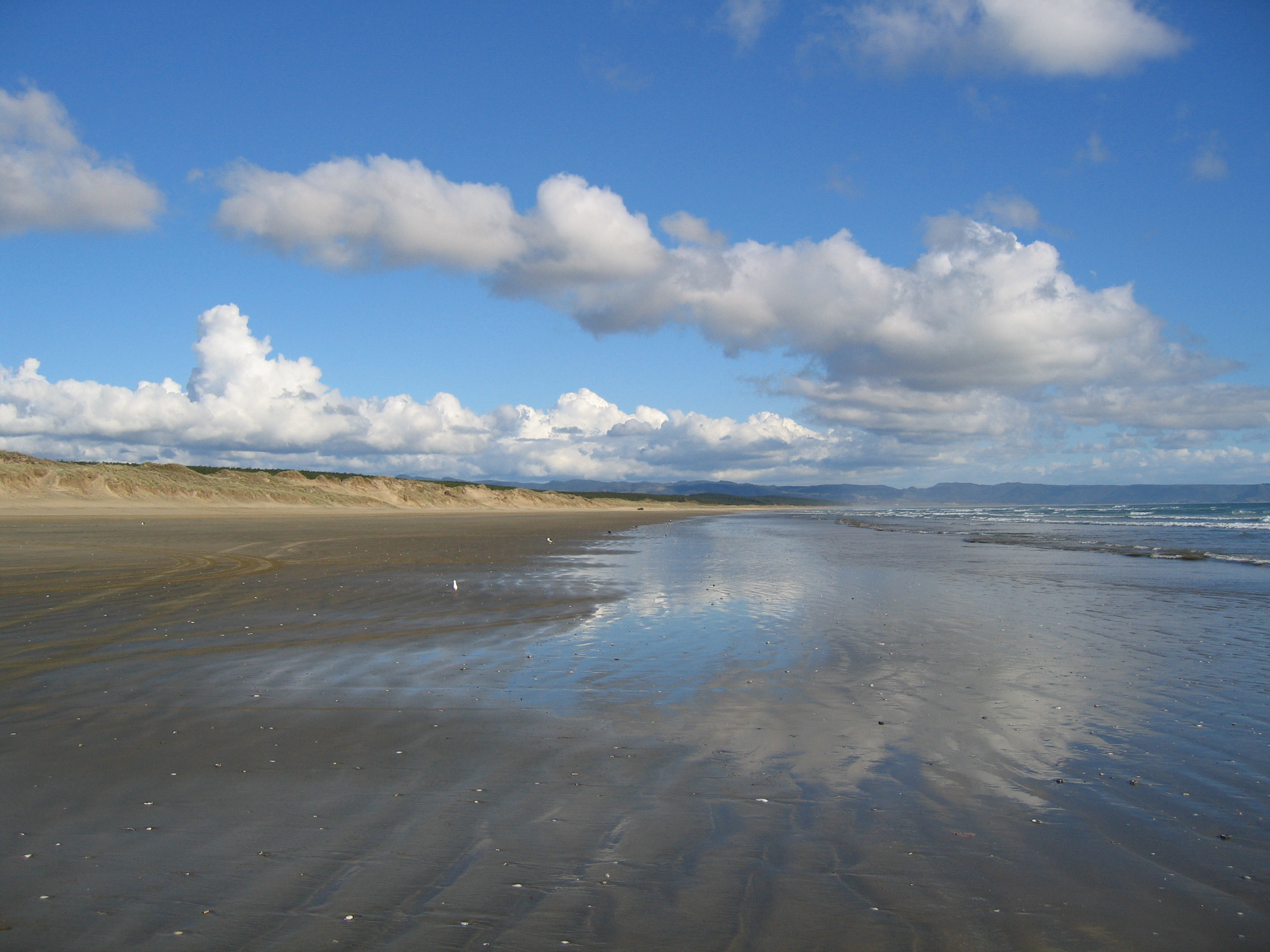




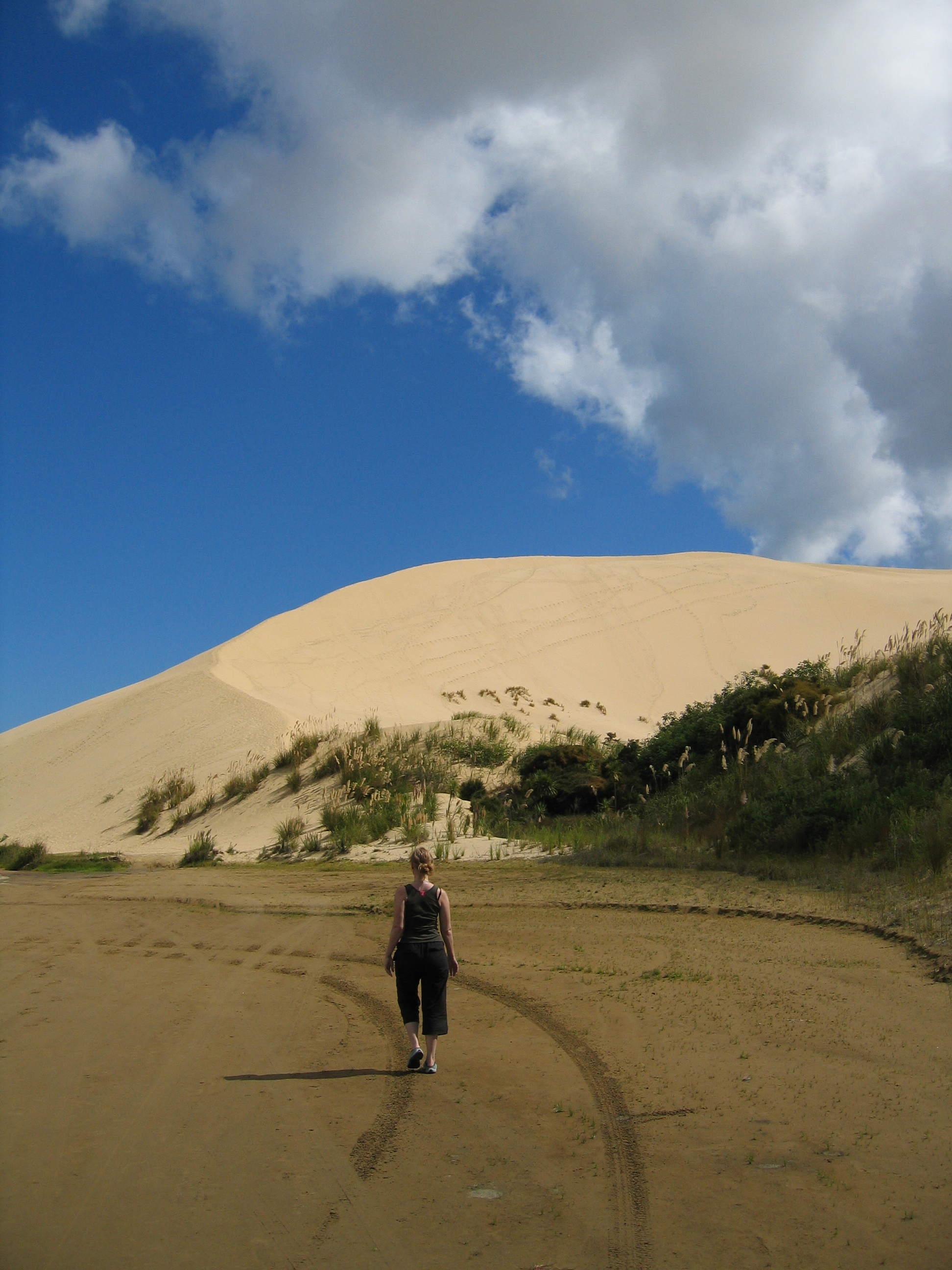

Bay Of Islands
On the eastern coast there are several nice small coastal villages to visit. We have stayed on both our visits in the town of Pahia. First time we visited we were told that Bay of Islands was the place to swim with dolphins. When we got there, it was the wrong season, and we did not get to swim with any kind of dolphin or other sea mammal. There are resident pods of dolphins in the bay, orcas, long-finned pilot and Bryde’s whales, but they are not as abundant as in Kaikoura in the South Island. Needless to say, we were very disappointed with our first visit, and hence we swam with the dolphins of Kaikoura on our second visit to New Zealand. Still Bay of Islands is well known for whale watching, and the majestic humpback and blue whale can be spotted migrating to and from the Antarctic waters in spring and autumn. Orca can be spotted during summer from October to March.
Russel
From Pahia there is a ferry to the historic town of Russel on the other side of the bay. Russel is one of the major historic sites of New Zealand, being the first permanent European settlement and port city in New Zealand. The town has its original street plan from 1843 and it is home to some of the oldest and most significant buildings in New Zealand. The oldest existing church in New Zealand from 1835, it has holes from musket balls being fired at the church in the battle of Kororareka in 1845. Kororareka (Maori name for Russel) was known as “the hell hole of the Pacific” for a long time due to the number of brothels, grog houses and general pandemonium that follows sailors on shore leave. The local Maori tribes also traded fiercely with the ships passing by. Read more about this history of settlement, wars, and expansion from the first Europeans here. There are great walks around Russel, and they are all well marked, we did a really nice walk in the surrounding areas of Russel. The beachfront of the town is also nice for eating lunch or just sitting and watching people walk by.
Waitangi Treaty Grounds
Just north of Pahia lies Waitangi Treaty Grounds. This is maybe the most important historic site of New Zealand. Waitangi is the place where the treaty of Waitangi was signed on 6th of February 1840 between representatives of the British Crown and Maori chiefs from the North Island.

The history of the treaty is turbulent, it was inaccurately translated from English to Maori, where the Maori text said that Maori would keep chieftainship over their lands and villages, the English text cedes “all rights and powers of sovereignty” to the Crown, thus leading to the New Zealand wars between 1845-1872.
Cape Reinga
Cape Reinga is where New Zealand ends in the north. The clash of two mighty oceans makes for an imposing view beyond the cape lighthouse. The Tasman sea and the Pacific do battle when they meet in the swirling currents of the sea. Cape Reinga is the end of the road, even though it is not the northernmost point, that honour goes to the North Cape further north.





We would say that the drive up to Cape Reinga should be done via 90-mile beach on the way up, it makes for a spectacular trip. The walk up to the lighthouse and the imposing views across the ocean makes the cape feel like a special place.

At the northernmost tip of the Cape is a gnarled pohutukawa tree, believed to be over 800 years old. According to Maori oral history, the spirits of deceased Maori leap from this tree into the ocean to return to their ancestral homeland of Hawaiki.
Thank you, New Zealand!
On both our visits to New Zealand we spent between 3 weeks and 1 month on our trips across the South Island and North Island. We think this is a minimum for both islands if you want to get an impression of the country. Combined with the rather long voyage from Europe, you should at least have 3 weeks to explore.
While driving around NZ we stopped at random spots for lunch, we had a small cooler in our car so that we could keep some food items refrigerated. The spots we found were always epic, with views to die for.





The North Island beaches are fantastic, from the surf beach at Ragland, to the hot water beach on the Coromandel peninsula and our favourite beach in Whale Bay, Northland. We stopped at quaint coffee shops along the way, great fish and chips was consumed in the art deco city of Napier.
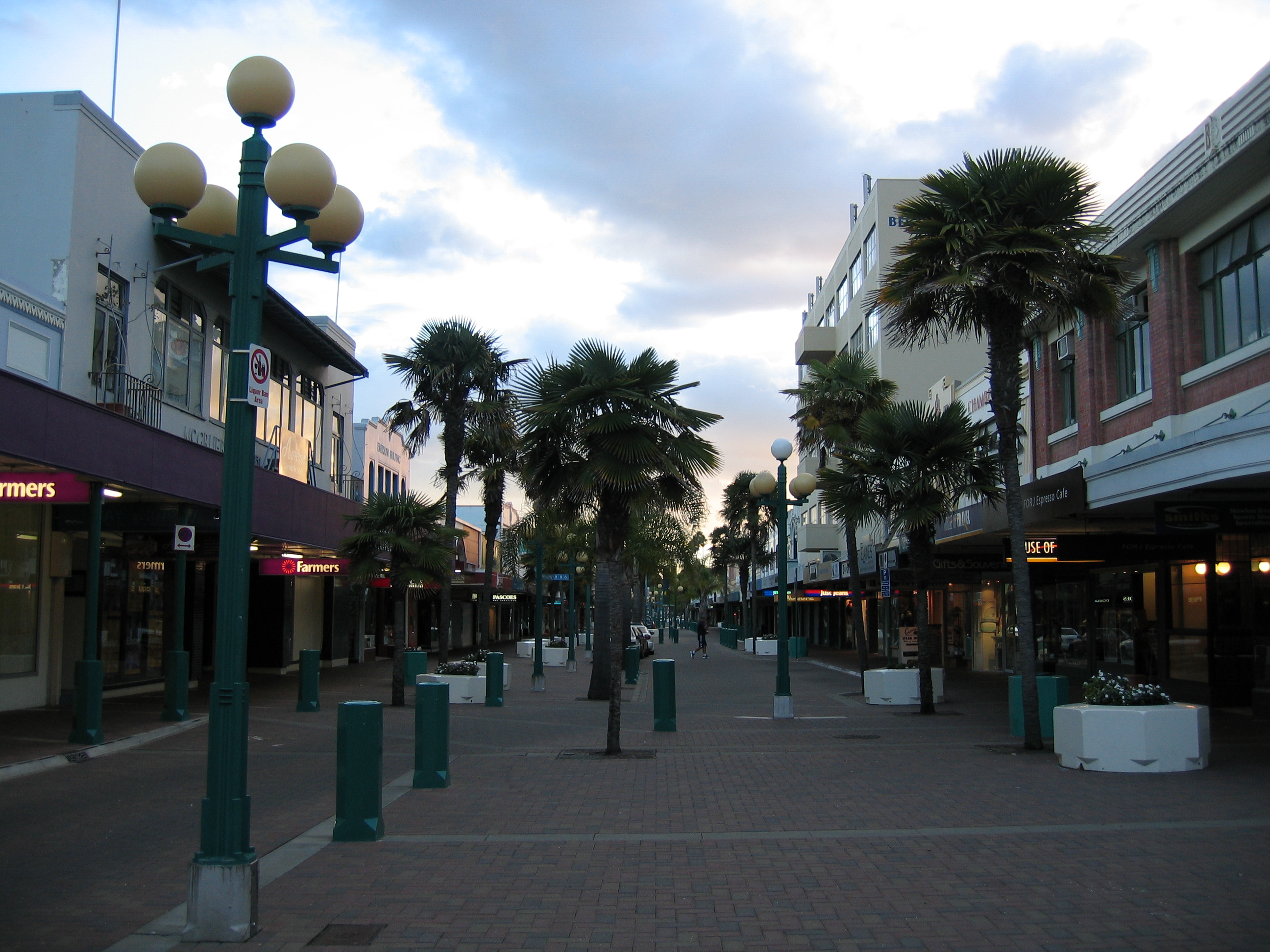


There is so much to see and do in New Zealand, the whole country is one big adventure park. Thrills and adventure around every corner. It also has a deep spirituality about it, we find it hard to put a finger on this aspect ourselves, but we feel a deep connection with New Zealand that will never go away. The next time we visit we think that a deeper dive into the Maori culture is something we will pursue for sure. It is an amazing place; we love New Zealand!

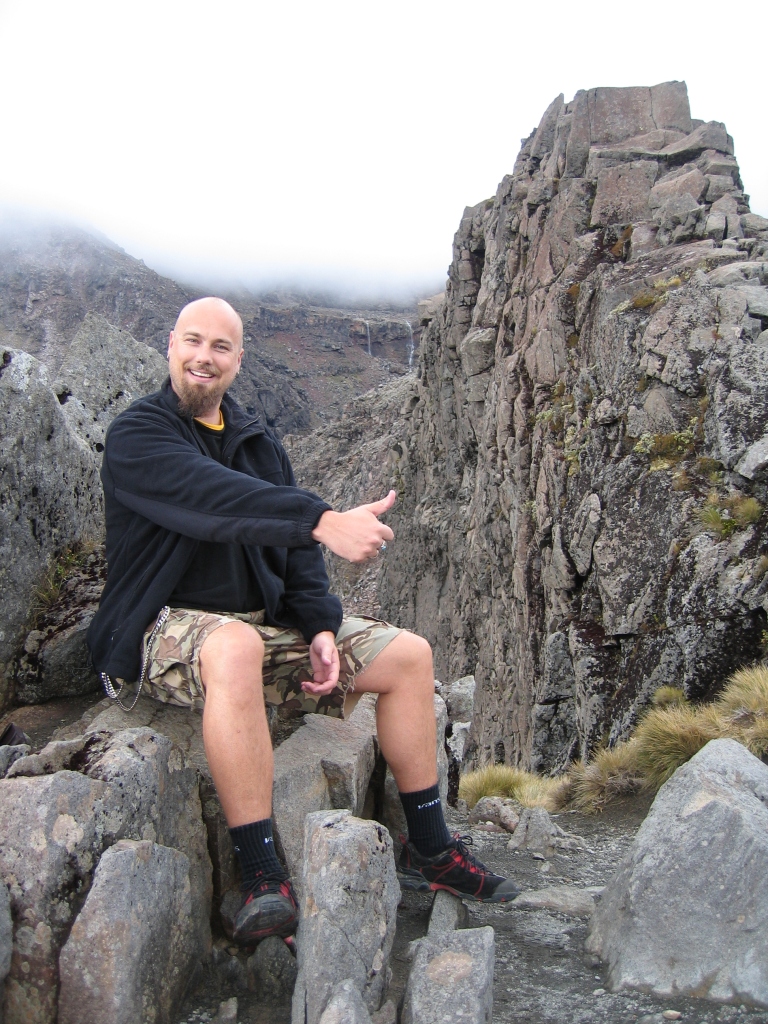



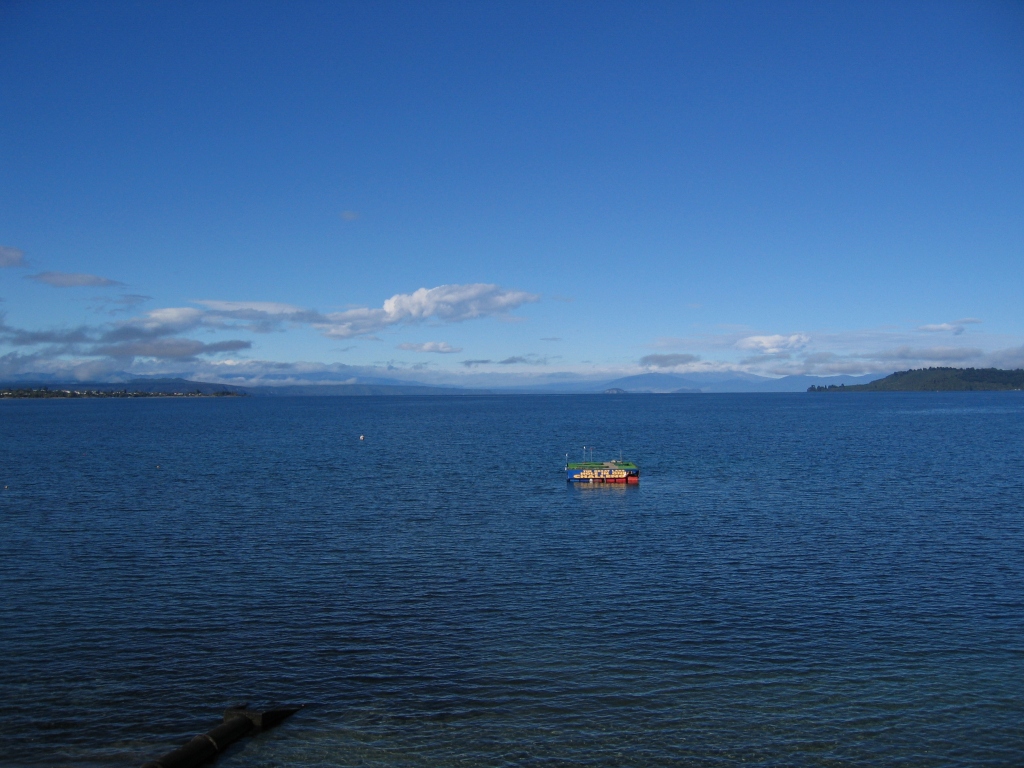








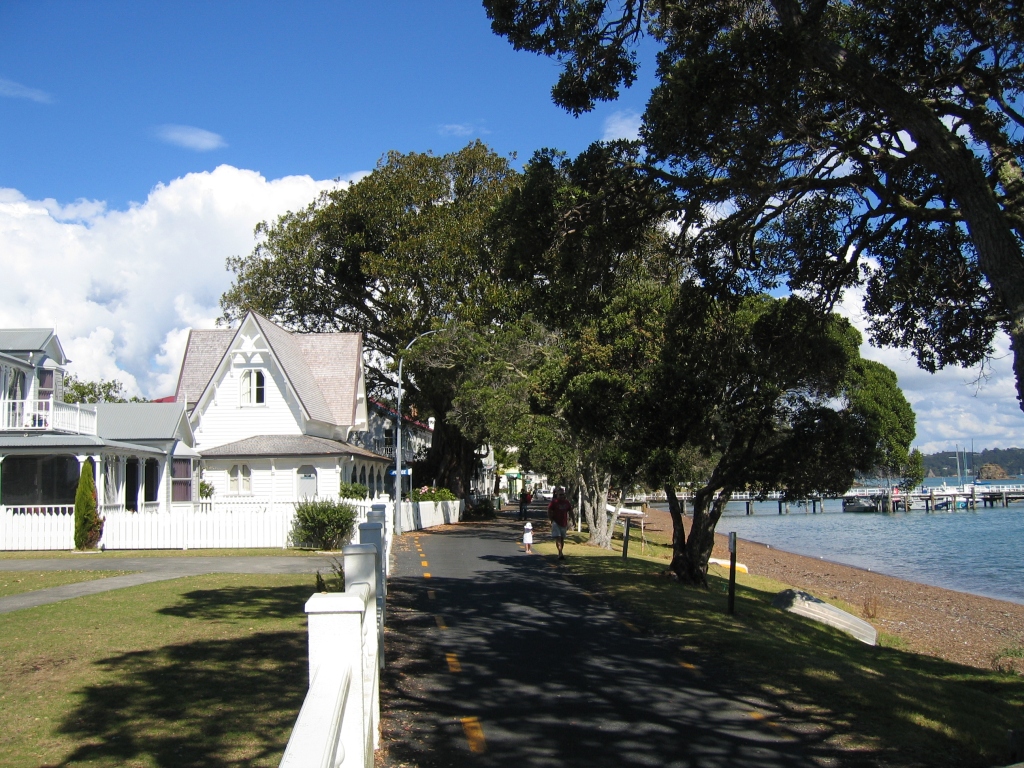
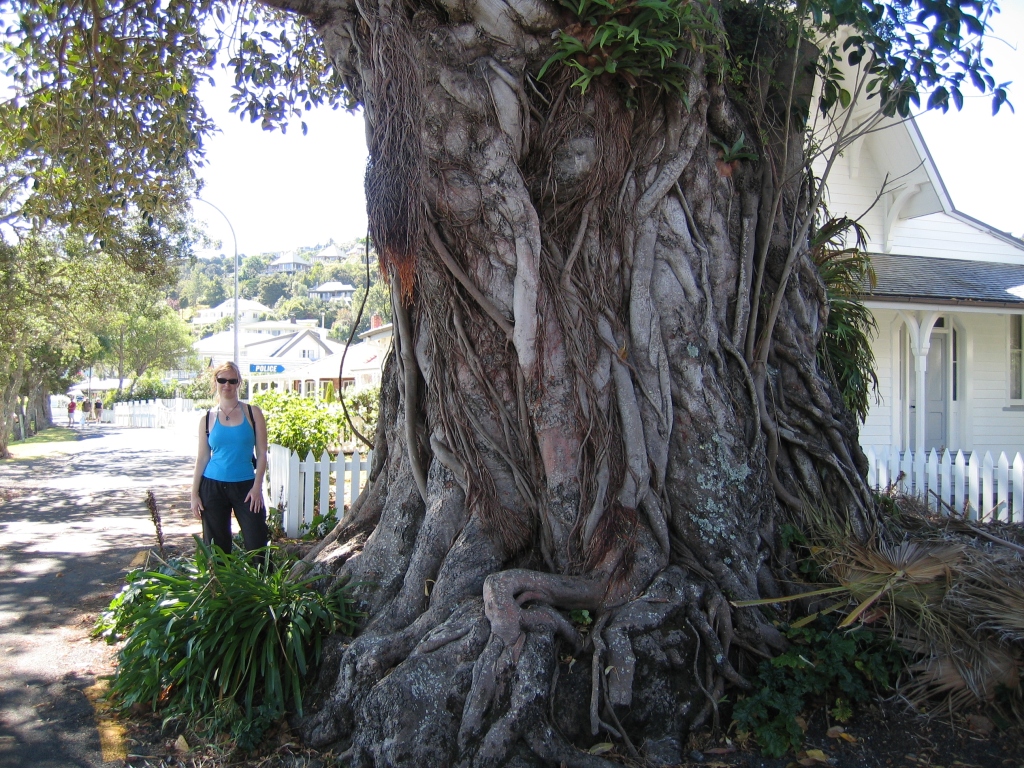
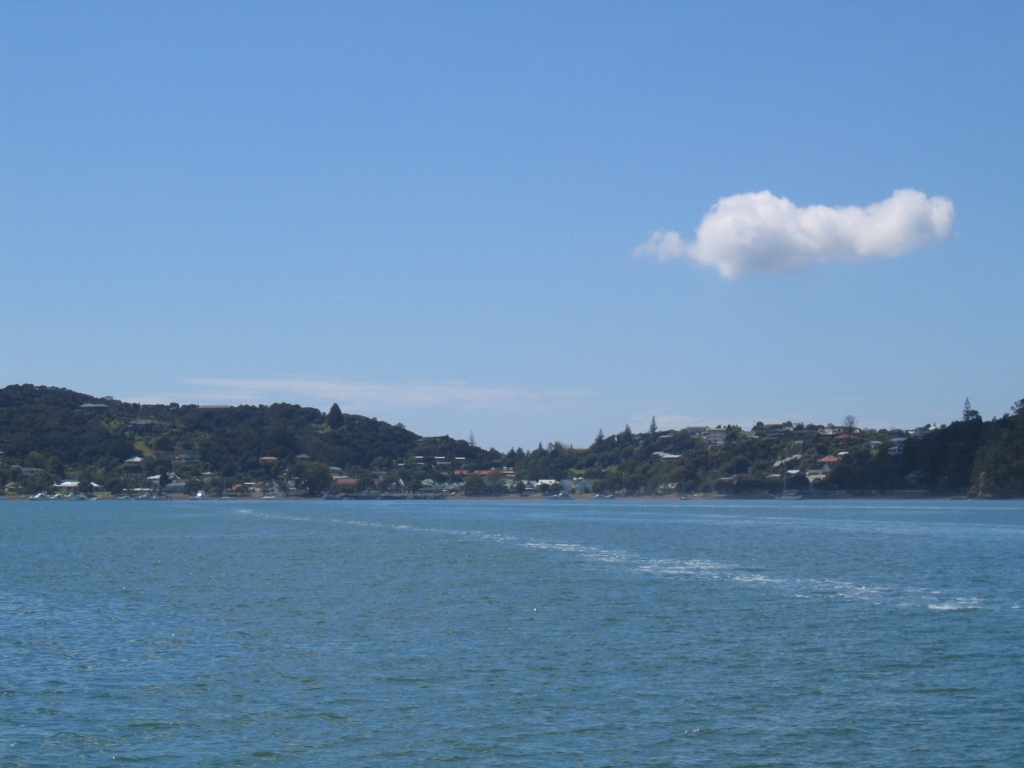
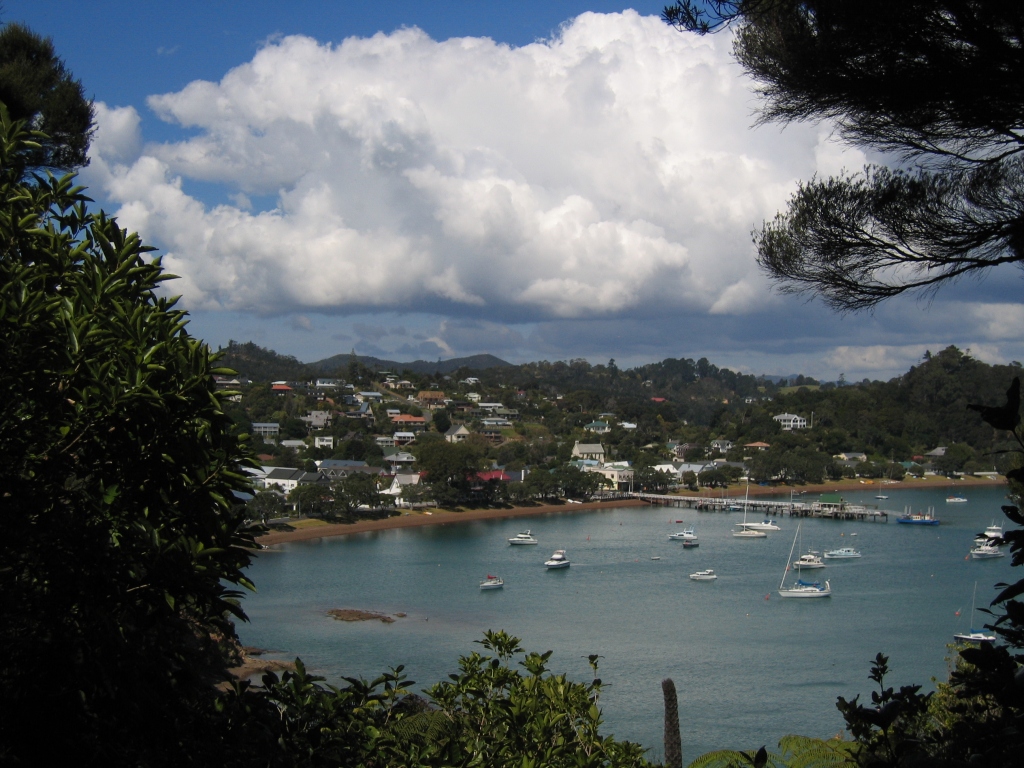

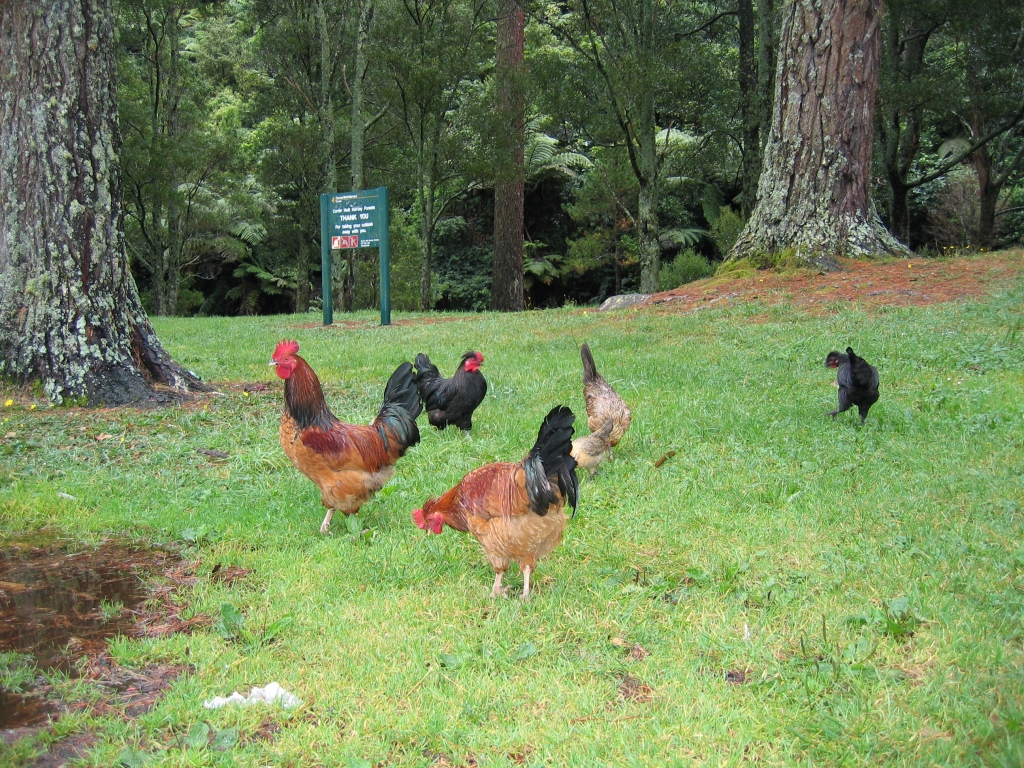




Wow! Very cool adventures you had! We did a lot of the same activities! Love it!!! We just published a post on our visit to Hobbiton under Rotorua, New Zealand today! That is so cool you saw it before the reconstruction. And I THOROUGHLY enjoyed the behind the scenes video, I almost shed a tear. Those are the best movies. Wow. We have many points of interests to visit throughout New Zealand where LOTR and Hobbit were filmed, since it looks like you’re a huge fan, you should check them out!
LikeLike
Very cool! Thanks! New Zealand is pure epicness for sure, and we will go back one day👍Ill have a read through your adventures this weekend for sure. After all, its 20 years since LOTR was released.
LikeLike
For sure!!! And I wish there were more movies. My sister finally started watching them! Her boyfriend finally convinced her, she is crazy to have not seen them. But she admits they’re really good. (Of course). So you haven’t seen Hobbiton since it was rebuilt?😲 It’s magical! Truly.
LikeLike
There are two kinds of people, those who have seen LOTR and GoT, and the other weird kind. We have not been back to NZ since 2005, so no «new» Hobbiton for us 🙂
LikeLike
Agreed!!!! Haha and wow, you are in for a treat. Look forward to that day for ya guys.
LikeLiked by 1 person